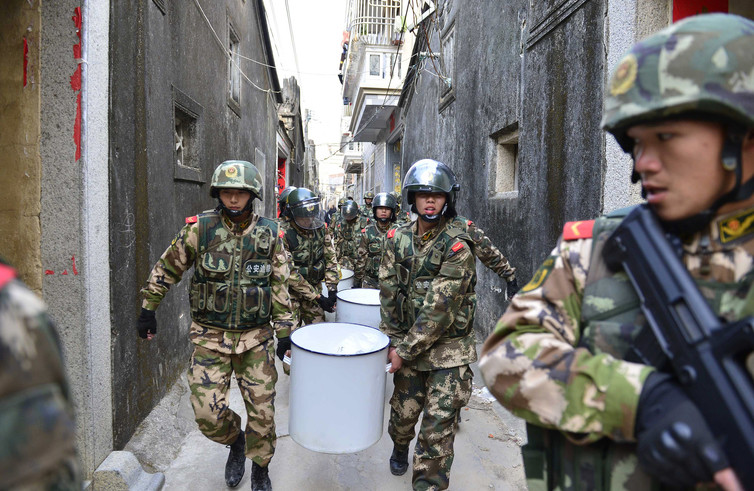The immense demand for methamphetamine (ice), ecstasy and new psychoactive substances among the wealthy urban residents of East Asia and beyond has revitalised organised crime in the region.
The scale of recent drug seizures in underground laboratories in China’s Guangdong province alone is staggering – and it’s jumped by 50% in the last year. In January 2015, for instance, 2.2 tonnes of solid and liquid methamphetamine destined for Shanghai were uncovered in the coastal county of Lufeng. In May that year, 1.3 tonnes of ketamine and 2.7 tonnes of its precursors were found in the city of Yangjiang, disguised as black tea bound for Southeast Asia.
Responding to the challenges posed by organised crime groups are a handful of capable law enforcement agencies; a patchwork of cross-border mutual legal assistance agreements; and a fledgling regional security response from ASEAN. These agencies struggle to have an impact on the scale of criminal enterprise in the region. They are also constrained by concerns about sharing intelligence with potentially compromised police, customs and military services.

